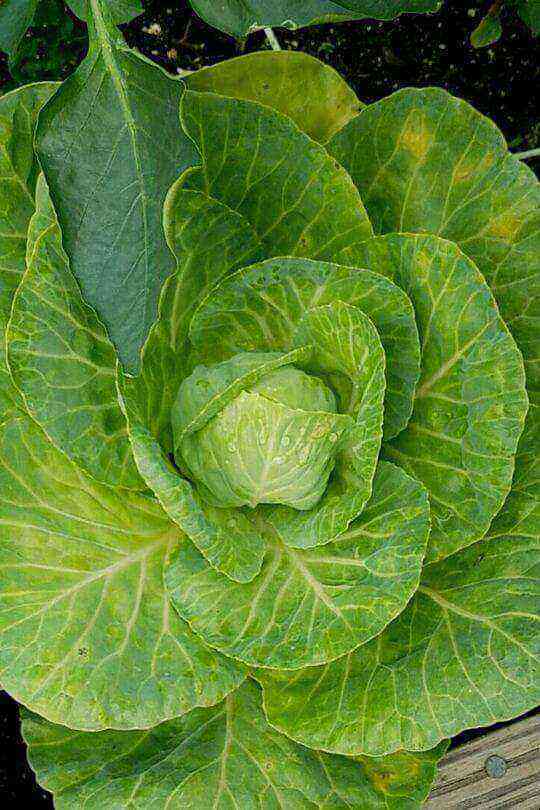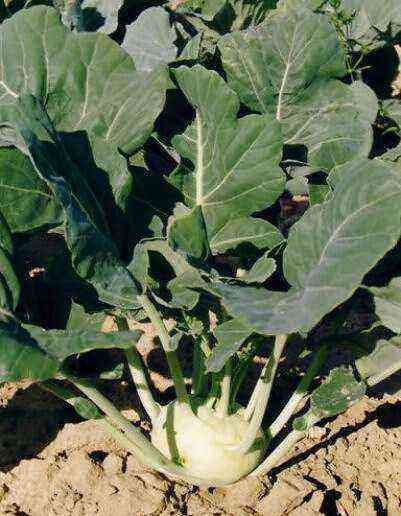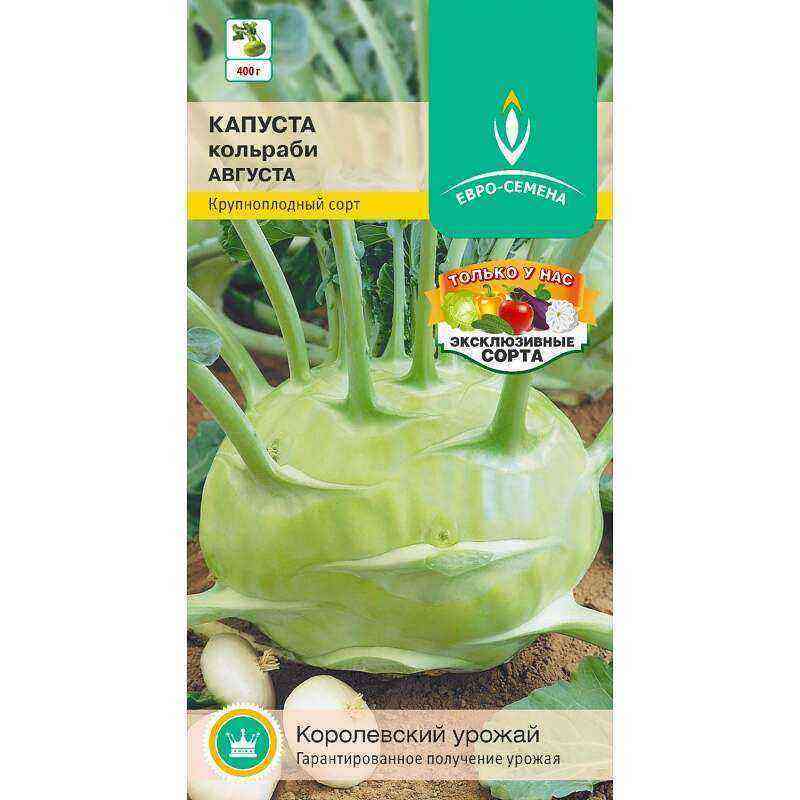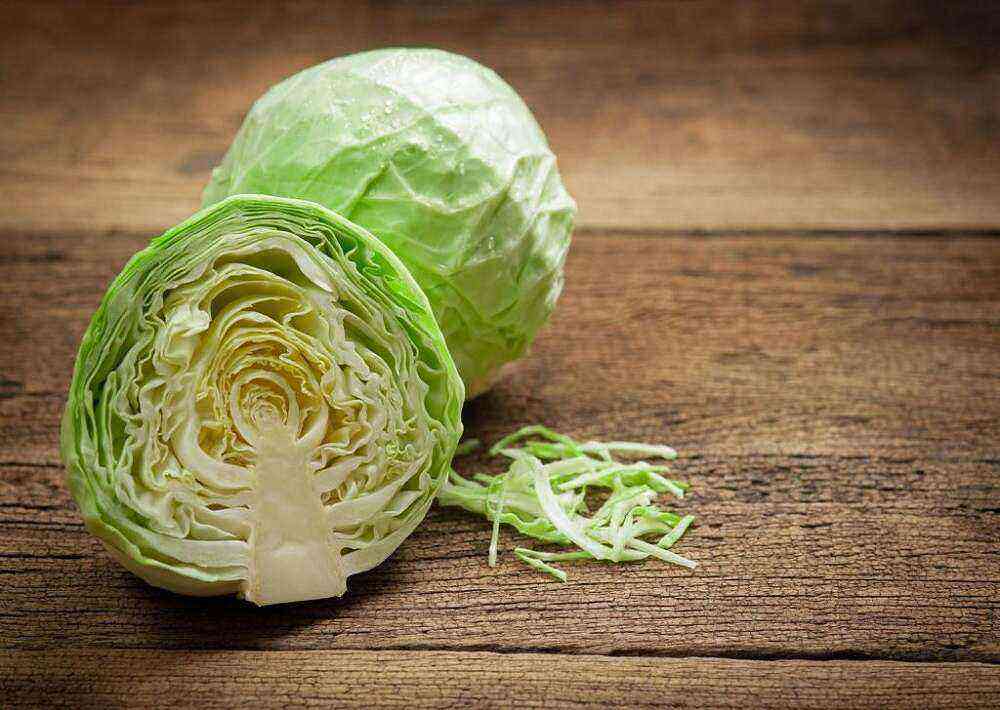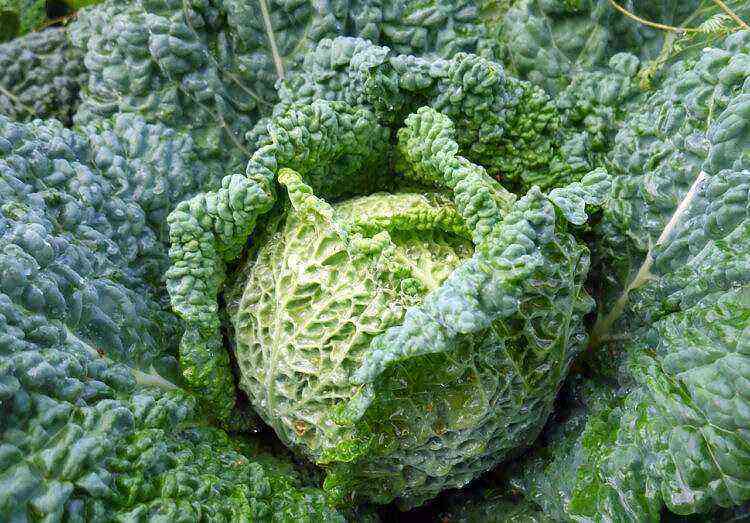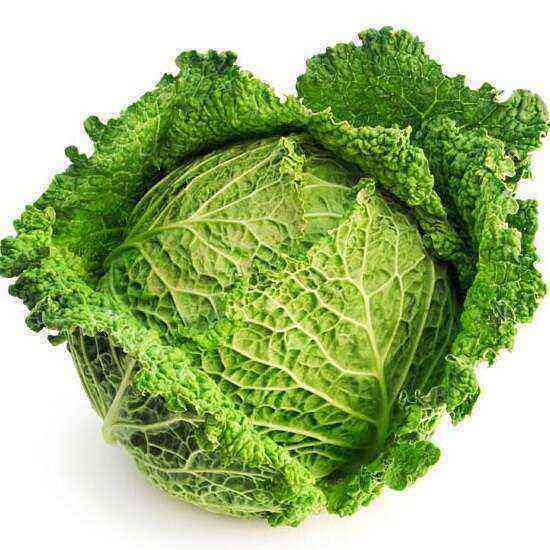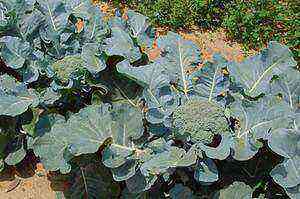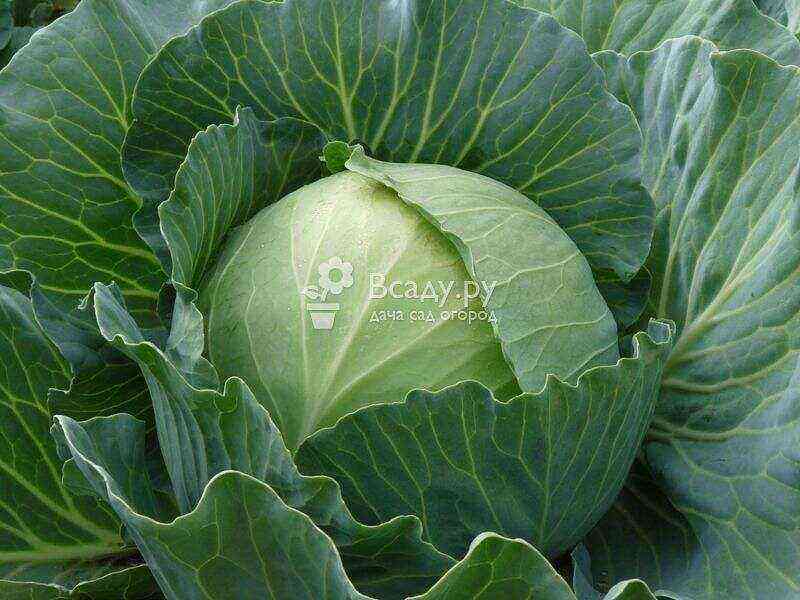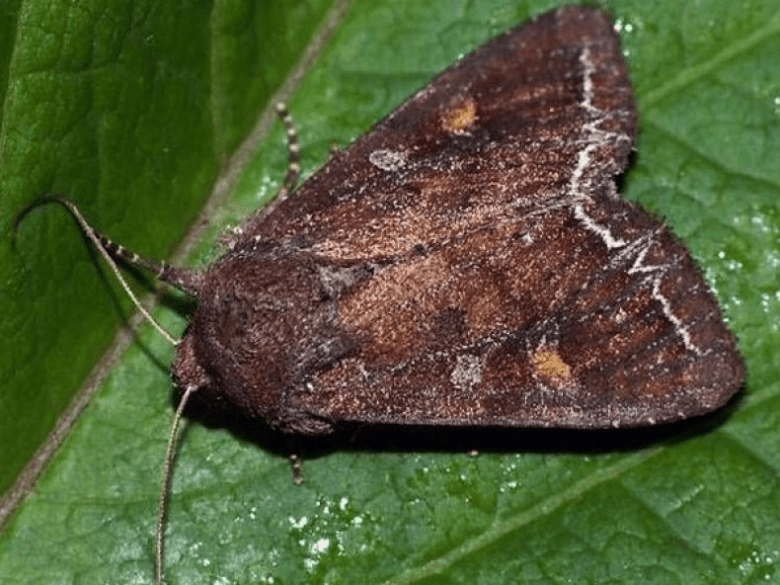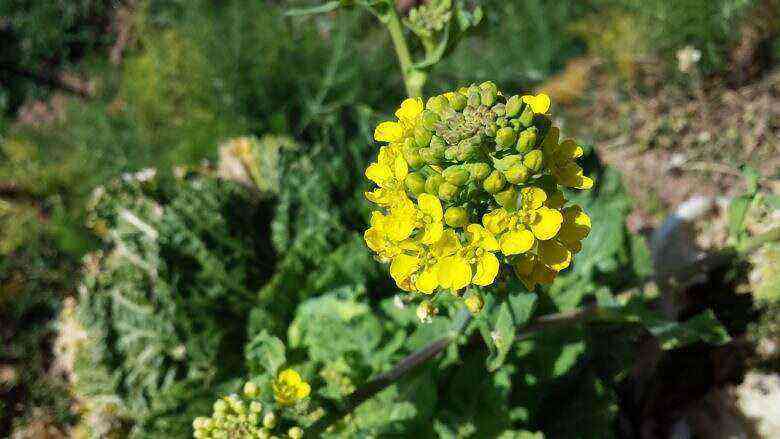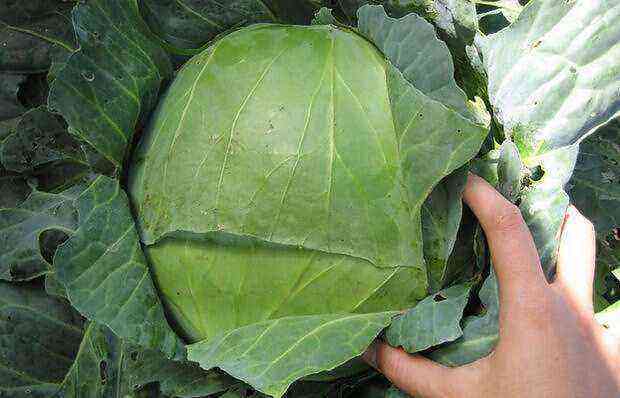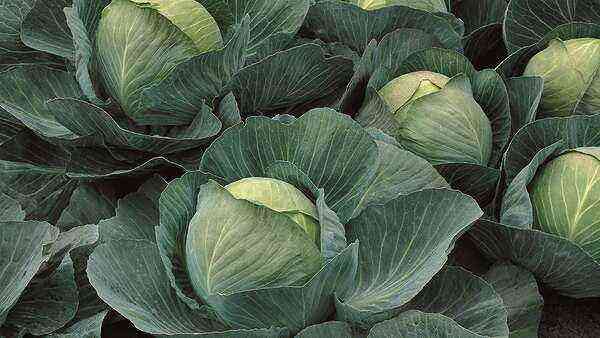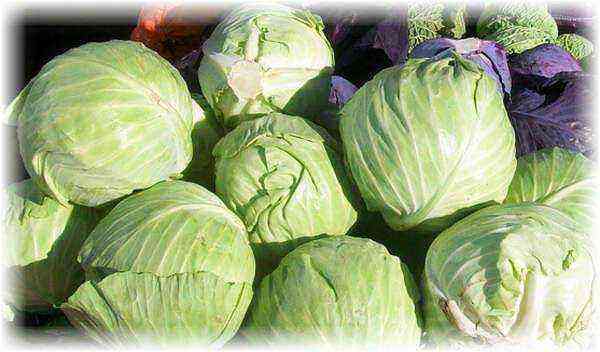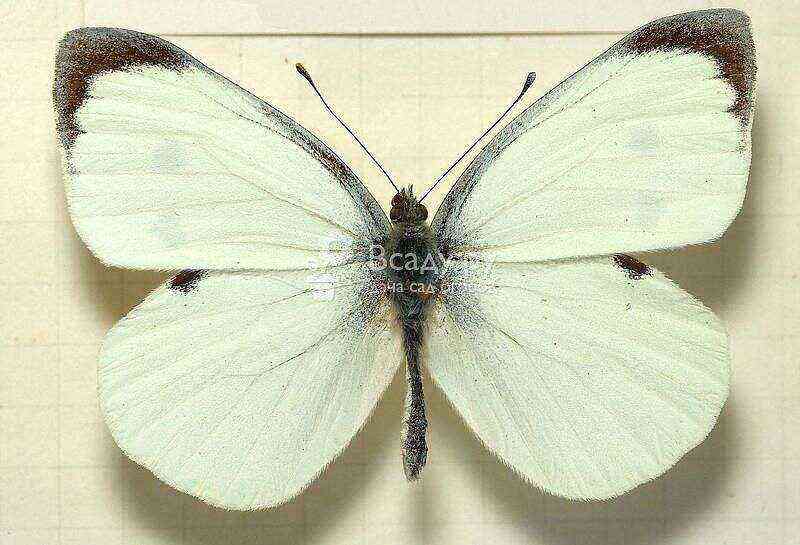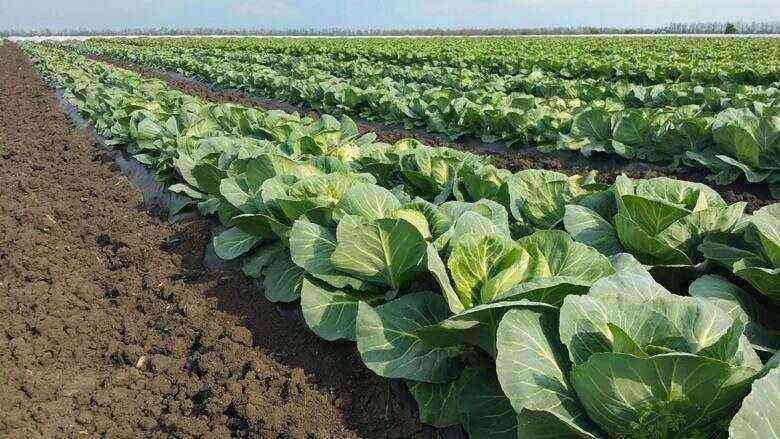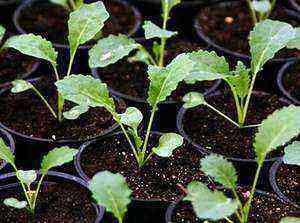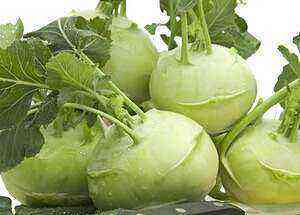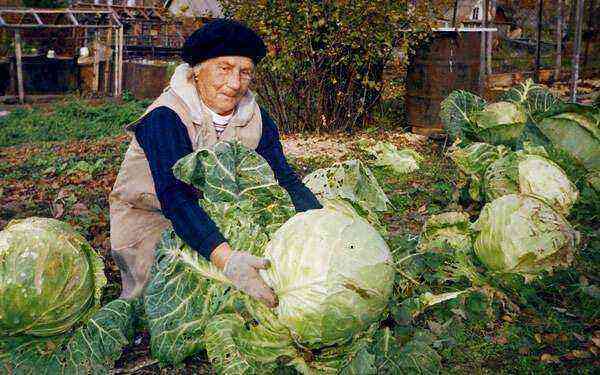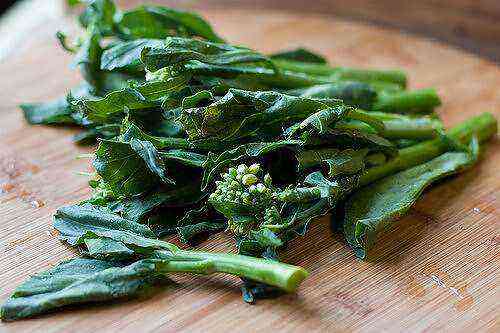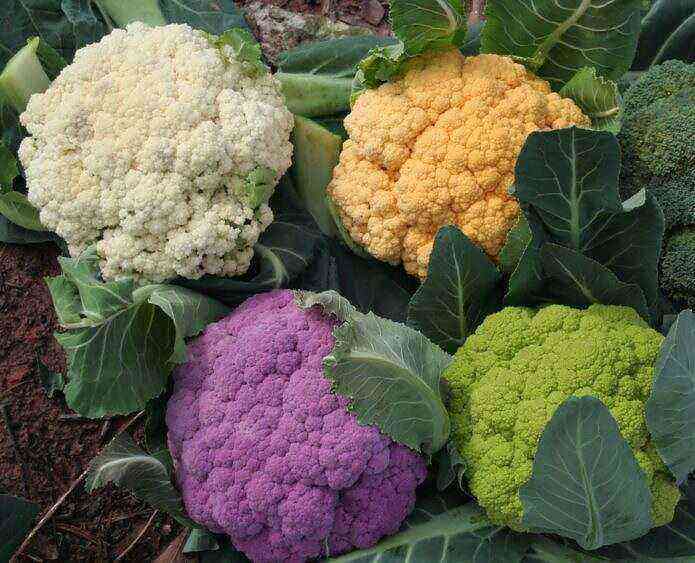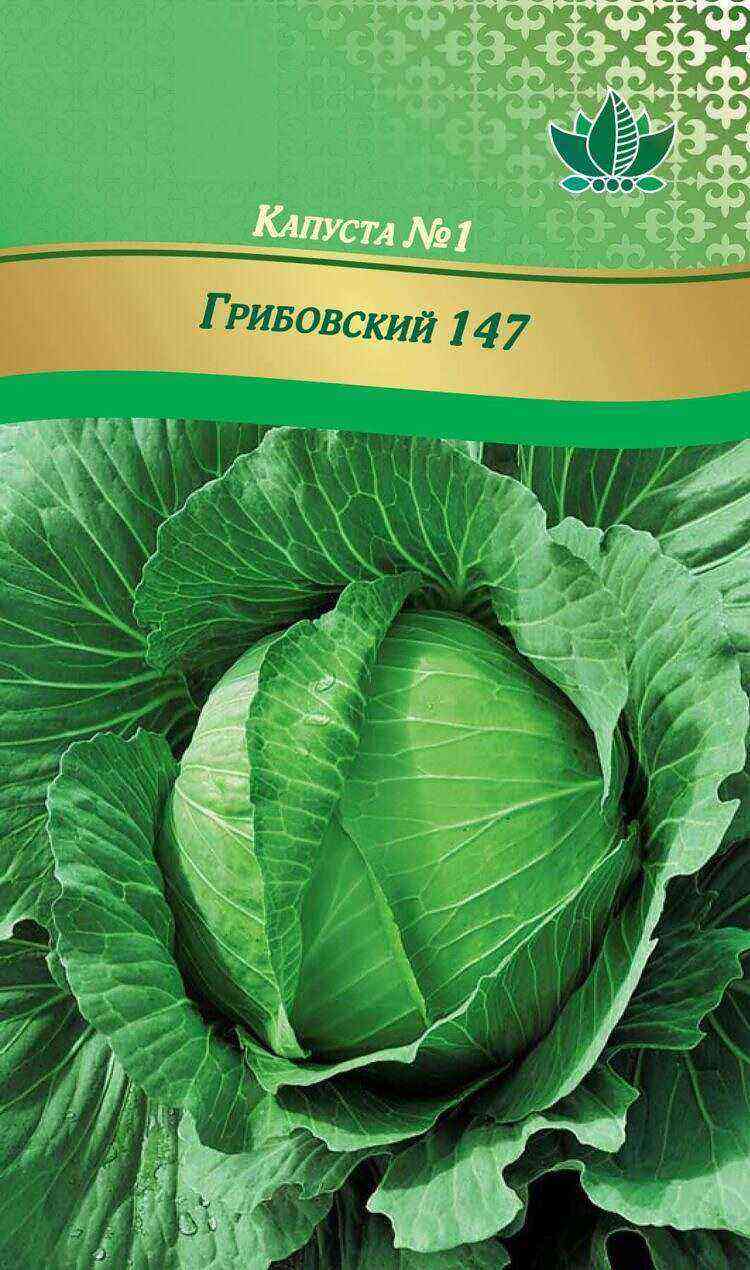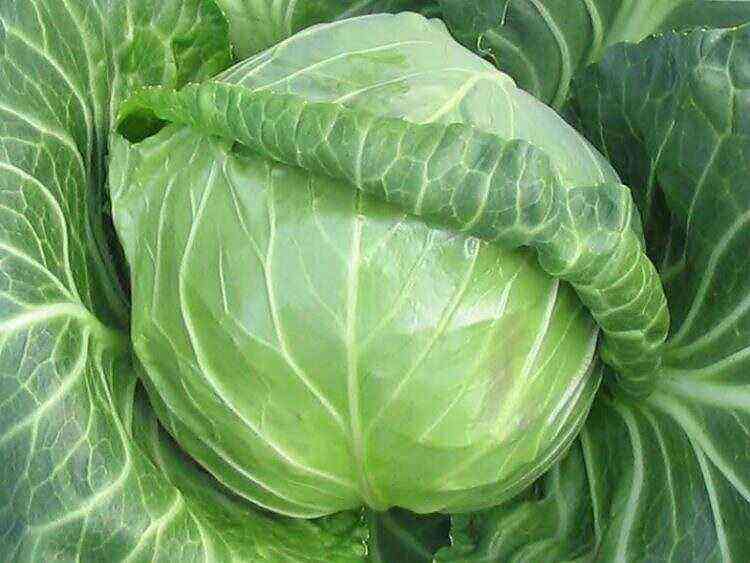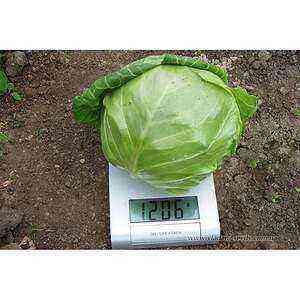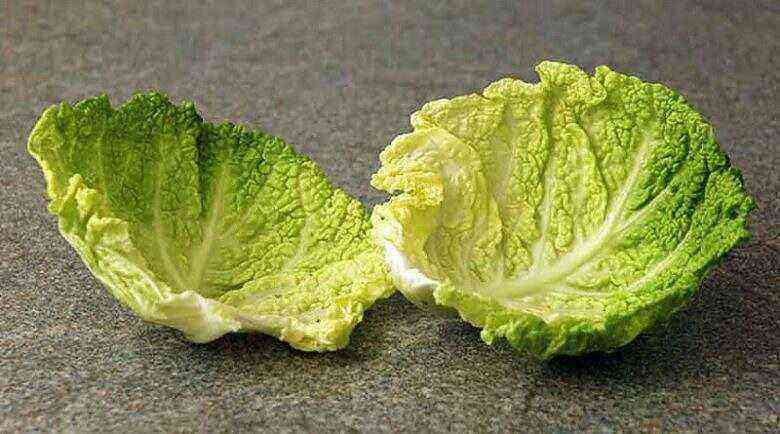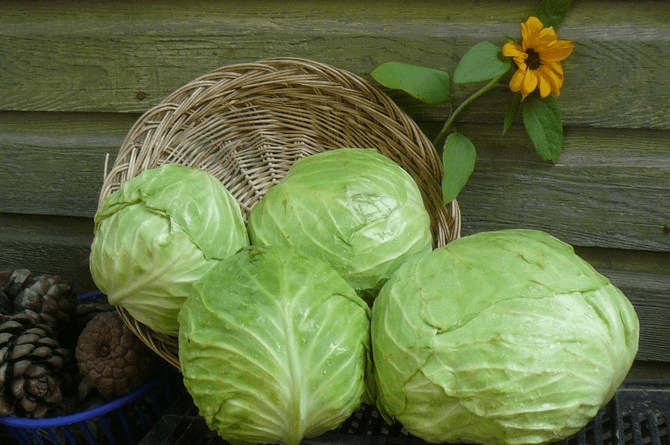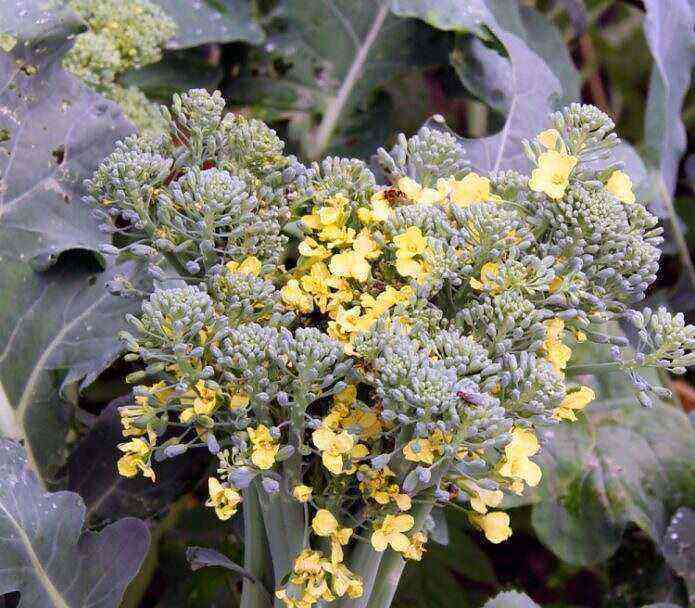In autumn, when most flowers and plants have already lost their decorative effect, many summer cottages are decorated with ornamental cabbage. This unusual plant attracts flower growers with a variety of colors, leaf shapes and sizes. With a little imagination, you can use it to decorate any area. The decorativeness of cabbage appears from the beginning of autumn and continues until the very frost. Even novice gardeners can grow it.
Varieties and types of ornamental cabbage: photos, names
Not so long ago, this type of plant was considered fodder and was used only as food for pets. But the beautiful and unusual flowers attracted the attention of botanists and became the object of breeding work. As a result, today in flower shops you can find about a hundred species of ornamental cabbage and choose the ones you like to create landscape design.
Plant varieties are classified into two main groups. The first group includes leafy varieties, the height of which is more than 50 centimeters. They are distinguished by large corrugated, as if indented leaves of a wide variety of shades. The second group is characterized by attractive heads of cabbage and even dissected lace leaves. Most often they come in two or three colors.
Ornamental cabbage varietiesthat deserve special attention:
- “Kai and Gerda” is a flower with green-purple leaves and tough stems, growing up to 50 centimeters.
- “Lark’s tongue” has dark green elongated corrugated leaves.
- “Red tall” ornamental cabbage is distinguished by a bush diameter of 70 centimeters, and purple leaves located all over the stem.
- Red Bor is an 80 cm tall plant with curly, bright red leaves sparkling on its stems.
- “Robin” in diameter can reach up to 40 centimeters, and in height – up to 1,5 meters. This mid-season variety with corrugated red-violet leaves is resistant to various diseases and tolerates low temperatures well.
- “Green curly” ornamental cabbage can be both tall and miniature in size. Its curly, fluffy leaves have a green tint.
- “Garden curly” – a plant about 60 centimeters high with purple, white or pink leaves. The corrugated leaves collected in a rosette are located close to the stem.
- “Paints of the East” is a late variety of ornamental cabbage that tolerates frost well. The plant has a spreading rosette, the color of which gradually turns from gray-green to purple.
- “Green branched” cabbage is distinguished by a height of no more than 70 centimeters and leaves of pink, white, green, red or yellow shades. The plant can be flat, round, columnar, or any other shape.
These are the main varieties of ornamental cabbage, which may contain additional subspecies.
Features of growing ornamental cabbage
Reproduction of this spectacular biennial plant carried out by seeds, which can be purchased at the market or in a specialized store. In the first year of growth, only decorative leaves will form, and in the second year, a flower will form. Plants of the first year are used for decorative purposes.
How to grow seedlings correctly?
To get a rich harvest, you should know when you can plant seedlings in your area. It is recommended to transplant cabbage into open ground before the age of 80 days. A later planting will have a bad effect on the development of the plant.
Particular attention must be paid to soil preparation, on which the quality of seedlings will depend. Recommended to use mixture of earth, sand and peat, which must first be treated with a weak solution of potassium permanganate or spilled with boiling water. The prepared soil is placed in a container.
The seeds are sown in moist soil to a depth of one centimeter. For them to germinate well and quickly, the container should be placed in a warm place and covered with plastic wrap. After the first shoots appear, the seedlings must be provided with sufficient lighting, and the temperature must be lowered to twelve degrees.
As soon as the first pair of true leaves appears, the seedlings should be planted in separate peat pots. This should be done carefully, removing them from the ground using a special spatula or spoon. It is possible to deepen young plants only up to the cotyledon leaves.
In the future, care for seedlings consists of timely watering, adding soil as it grows and feeding once a week with mineral complexes.
In open ground, seedlings are planted from each other at a distance of 30 centimeters.
Care for decorative cabbage
Growing this unusual flower is not difficult. All care consists in timely watering, weeding, fertilization and loosening of the soil.
Some features of care:
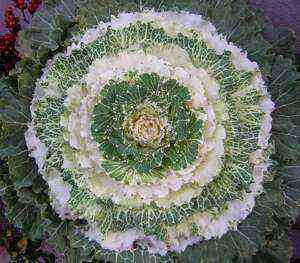 watering and spraying is best done in the morning or evening;
watering and spraying is best done in the morning or evening;- to saturate the roots with oxygen – once a week after watering or rains, it is recommended to loosen the soil around the plant;
- in dry weather, it is better to water cabbage every day;
- for the full growth of a flower, the beds must be weeded from weeds;
- about once every ten days, ornamental cabbage should be fed alternately with mullein and mineral fertilizers.
When growing ornamental cabbage, it is not recommended to add manure to the ground. With such feeding, the leaves will grow large, but their color will become mainly green and thus the decorativeness of the plant will decrease.
Decorative flower easily transfers transplants… To do this, it should be carefully dug out with a clod of earth and planted in a new place. After that, the plant must be shed well.
With proper care, cabbage will bloom from July to the end of October. She is not afraid of subzero temperatures. The plant will retain its decorative effect even in frosts at -10C.
Pest and disease control
During the period of growing an ornamental flower, growers may face such problems as insects and rodents. The first spoil the decorative appearance of cabbage by eating its leaves. Rodents eat the roots of the plant, which leads to its death.
Most loved cabbage white butterflies and slugs… To protect against them, it is recommended:
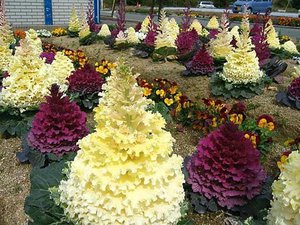 periodically inspect the leaves, removing insects from them;
periodically inspect the leaves, removing insects from them;- to protect the flower, sprinkle the soil with needles or ash;
- if the cabbage will not be eaten, then it can be sprayed with special insecticides;
- you can get rid of butterflies and slugs with a superphosphate solution;
- for pest control, you can use “Lepodocid” and “Bitoxibacillin”;
- able to scare off pests of dill, calendula or basil planted near cabbage.
Often decorative flower exposed to fungal diseases… Most often, the cause of their occurrence may be associated with excess moisture. That is why watering the plant should be regular, but not excessive.
Ornamental cabbage is a hardy and persistent plant. With timely prevention and proper care, no problems with diseases and pests should arise.
Ornamental cabbage in landscape design
Planting options for cabbage depend on its size, as well as the imagination and preferences of the owner of the site. For decorating individual areas, flower beds or paths, they are best suited medium plant varieties.
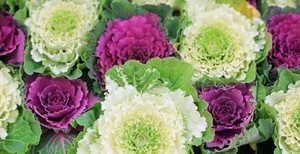 An attractive and harmonious composition can be created with the help of “Green Branched” and “Curly Green” cabbage, located against the background of coniferous or deciduous shrubs.
An attractive and harmonious composition can be created with the help of “Green Branched” and “Curly Green” cabbage, located against the background of coniferous or deciduous shrubs.- Using various shrubs, perennials and cabbage, you can create various amazing compositions.
- Different ornaments and patterns can be made from different varieties of decorative flowers in flower beds.
- With the help of the plant, beautiful hanging and vertical flower beds are easily created.
- It is great to grow cabbage in large flowerpots or pots. In a container with a volume of 10-15 liters, you can plant three plants at once. In this case, watering the plant should be done at least every other day. The advantage of such cultivation is that until the flower has reached its decorative effect, the flowerpot with it can be placed on the sidelines. And from the end of summer until the very close of the summer cottage, it will take its rightful place in a flower bed or next to a house.
- Experienced gardeners recommend planting cabbage seedlings first on inconspicuous beds. And only when the flower reaches its maximum beauty – plant it instead of faded annuals in the central flower bed.
In order for ornamental cabbage to please with its beauty until the New Year, it can be transplanted from the garden to the flowerpot and bring into the room… A flower cut and placed in a vase of water can stand in the house for about a month.
Having studied the photo examples and applying a little of your imagination, you can successfully decorate your garden plot with ornamental cabbage. This absolutely unpretentious plant with a wide variety of varieties will delight with its rich, bright and unusual shades until late autumn. Even frozen plants, drowning in the snow, look very impressive.
Decorative cabbage
